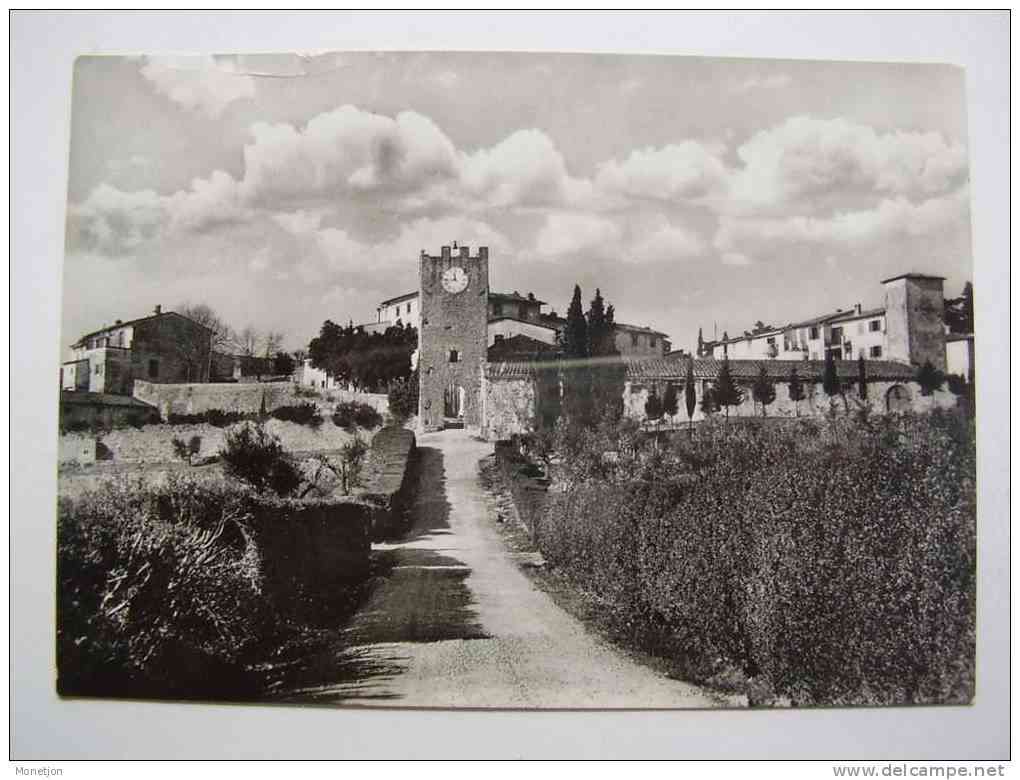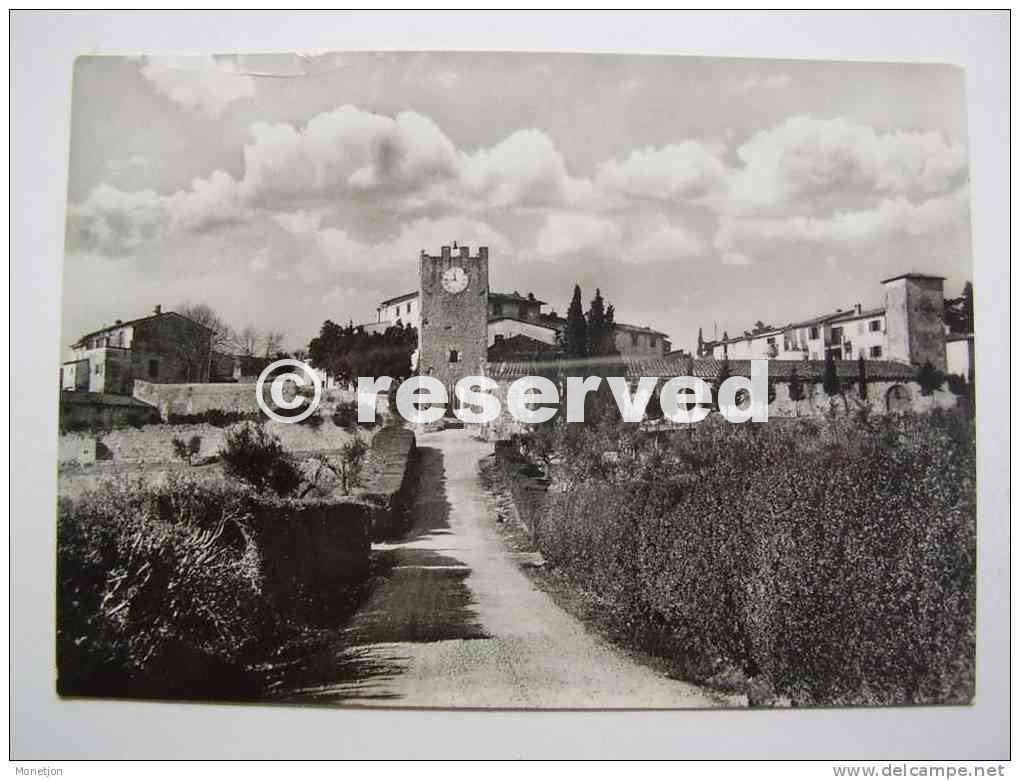HISTORY ARTIMINO


The Hamlet of Artimino situated in the nearby Florence hills was built in the ancient Etruscan era. Its medieval layout is still almost fully intact today, formed by an outer wall and the ancient village clock tower. In the Renaissance period, the hamlet became a Medici property together with the estate and the hunting reserve annex. The history of ‘La Ferdinanda’ Villa began in 1596 when the famous architect Bernardo Buontalenti was commissioned to build it by Ferdinando I de’ Medici, Grand Duke of Tuscany. Originally constructed as a hunting residence, the villa was completed very quickly and the court of the Grand Duke with the Duchess, Christina of Lorraine, moved to this delightful estate. The Grand Duke and Duchess also lived at Artimino during the summer when the weather was too sultry to stay in Florence.
In 1626, the Medici Villa was surrounded by the Barco Reale walls, 30 miles long, erected to protect the large property and hunting reserve. Still today at the Artimino estate visitors can see the Porta del Barco, an extremely valuable archaeological ruin which gives its name to one of the estate’s wines: Barco Reale Doc.
A distinctive feature of the villa is its numerous chimneys protruding from the roof, making it visible for miles around and giving it its name of the ‘villa of the 100 chimneys’. Not only an artistic affectation by Buontalenti to liven up the villa’s austere architecture, the chimneys also had a functional reason for existing: heating. Like all the Medici family, Ferdinando I suffered from gout and so needed a lot of heat. Aesthetics and functionality together testify a great work, the famous Tuscan architect’s last.
Its history unavoidably features great names.
In 1608, Galileo Galilei was invited to the estate by Ferdinando I to teach his son Cosimo mathematics. On the ground floor, the ancient kitchen boasts the famous roasting spit designed by Leonardo da Vinci.
The unique Boudoir of Christina of Lorraine is only found at Villa La Ferdinanda, a corner of art with frescoes by Domenico Passignano which have remained intact for 600 years. The frescoes found in the drawing rooms on the piano nobile are the work of Domenico Passignano and Bernardino Poccetti; the villa had famous pieces by Pontromo, Bronzino, and even Titian and Caravaggio. The “Bellezze di Artimino” series and the 17 lunettes painted for Artimino by Giusto Utens depicting the Medici properties are worth noting.
Bernardo Buontalenti,barco reale,Villa di Artimino,Pietro Leopoldo d’Asburgo,onorevole Emilio Maraini,Emilio Riva,Artimino Carmignano,Villa medicea La Ferdinanda.
